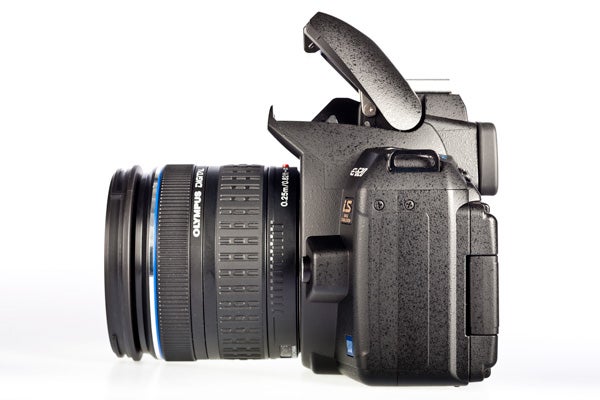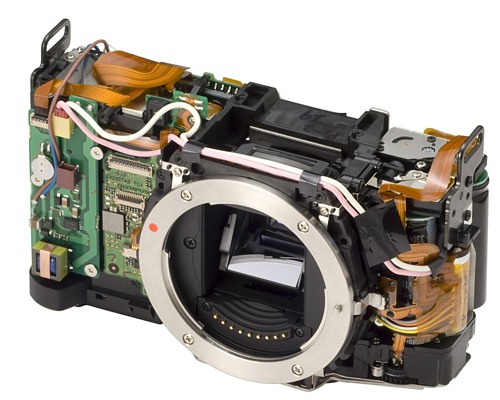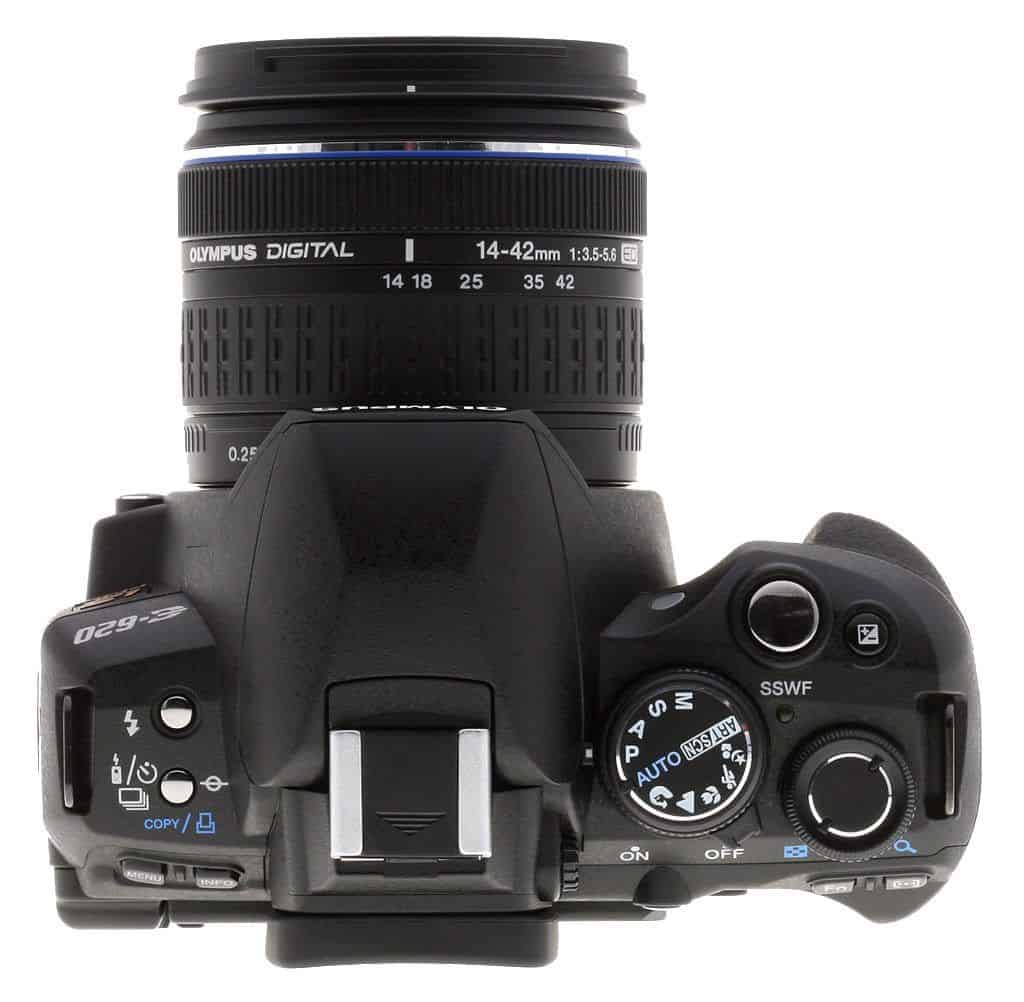


#OLYMPUS MASTER SOFTWARE FOR E 620 PORTABLE#
The body still felt a bit too small in our hands, but on the flip side this is one of the most portable SLRs on the market, the pivoting LCD is a lovely piece of gear, and dual memory card slots, even if one is for an xD card, is another welcome feature. Overall, the Olympus E-620 is the best of the company’s consumer SLRs, offering a feature-set that is superior to the E-420 and E-520. It also retains what is probably the most convincing build-quality in its class, thanks to an excellent choice of materials – it feels rugged and well-made. The handling was something we liked about the E-420 and E-520 and the newcomer does nothing to spoil this.
#OLYMPUS MASTER SOFTWARE FOR E 620 ISO#
Image quality of the Olympus E620 was generally good – the camera took nicely exposed photos with good color accuracy, sharpness and images were clean at ISO 800 and below.Ī cracking little camera that combines the majority of the high-end kit of the E-30 with the compactness of the E-420 and E-520 rolled into an easy to use body that will not break the bank

If you’re a backpacker, or just want a small DSLR, it’s incredibly convenient to tote-and to use. The Olympus E-620 offers the most effective combination of features, ease-of-use and price of any Olympus DSLR camera to date, and it’s also a real contender for the Best Mid-Range DSLR crown.Įven in an industry where we’re used to derivative models and trickle-down technology, the E-620 impressed with just how closely its performance – from shooting speed to image quality – aligned with what we saw from the much more expensive parent model.īut the E-620’s main appeal may be its size. And if we really go for the differences in quality, we find nearly the same quality on the E-620 as that of the more expensive E-30 and E-3. It doesn’t offer the video recording capabilities of some of its contemporaries, but as a dedicated stills camera, it’s a pretty compelling package.Īnything you could possibly dream of this camera has a function for it. Inevitably some features have filtered down from the E-30, which is a good thing but that camera is significantly larger and heavier and a good deal more expensive. 4 frames-per-second continuous shootingshootingĪll in all, I’ll admit that I found this to be an admirable system, with enough functionality to suit even the needs of the advanced amateur, while giving photo enthusiasts a camera they can use immediately sink their teeth into.Sensitivity from ISO 100 to 3,200 equivalents.7-point autofocus system with 5 cross-type points.The E-620 is priced at $699 for body only and $799 as a kit with the ED 14-42mm f3.5-5.6 Zuiko Digital Zoom Lens. The E-620 includes Art Filters settings, which were made popular and have received much praise on the Olympus E-30. I'm not even subjecting the 16MP raw files from my E-M5 raw files to it.The Olympus E-620 is a 12.3 megapixel DSLR that fits in Olympus’ lineup as the little brother to the Olympus E-30. Many of my 12MP raw files used to come out around or less than 4MB in size. The "Best Quality" setting in Viewer compresses the holy heck out of JPEG's. The noise filter, to put it nicely, sucks. The combined highlights and whites slider controls in Adobe Camera RAW is generations above any type of recovery ability you have access to in Viewer, which has none. The best thing you can do is turn a blown area of white into a blown area of gray. Olympus software gives you zero.absolutely no, ability to recover even the slightest amount of highlight clipping. You have all the in-camera settings to change afterwards so there is some amount of versatility, but the reasons why you shoot raw go a little beyond just that. You do little better shooting raw and processing files in Viewer than just shooting JPEG to start with. The main problem I have with Viewer is, it's really nothing more than an external JPEG engine.


 0 kommentar(er)
0 kommentar(er)
